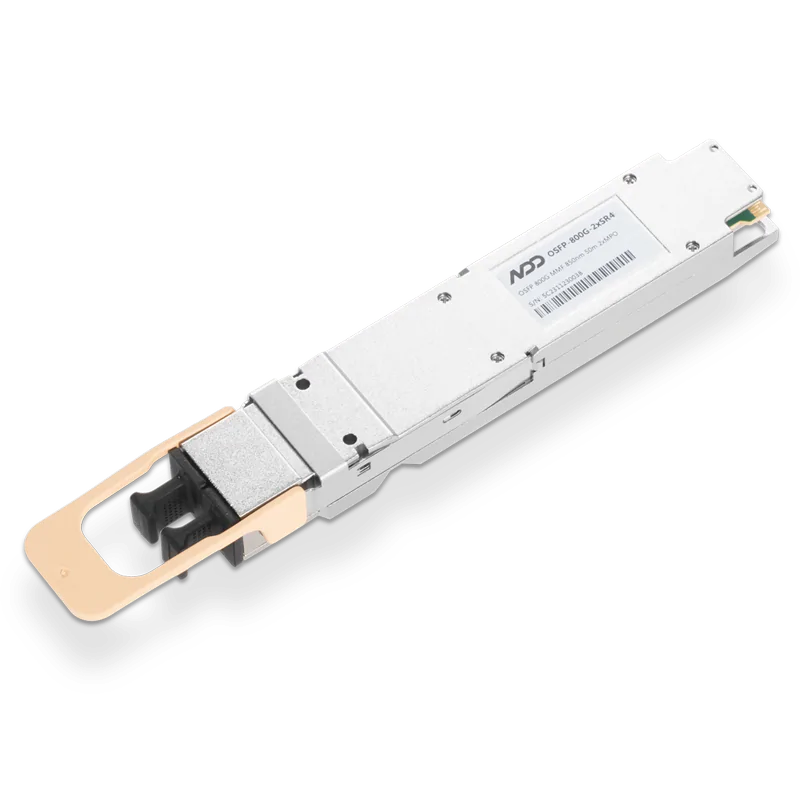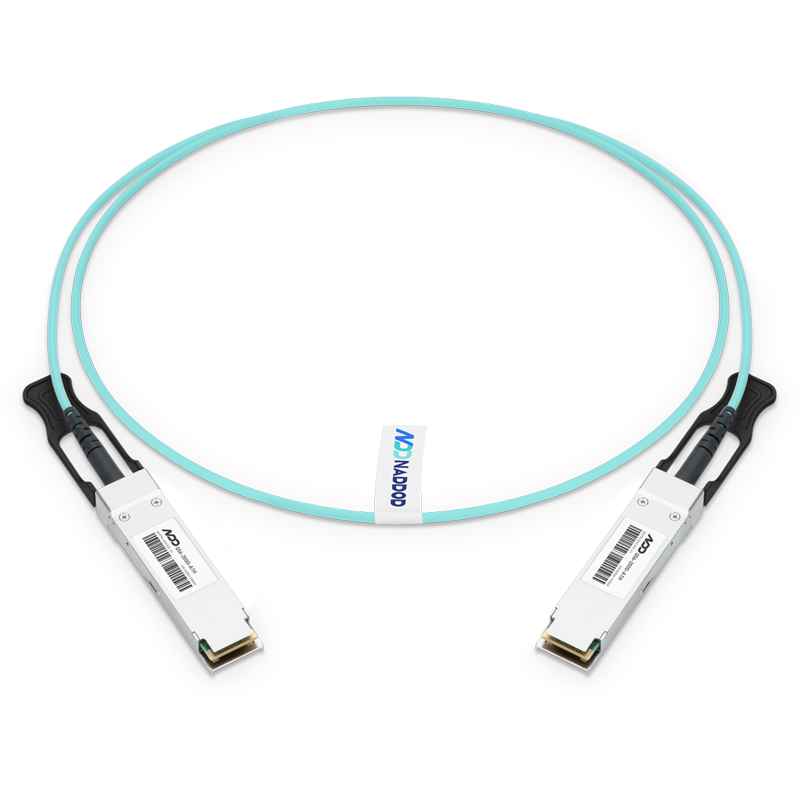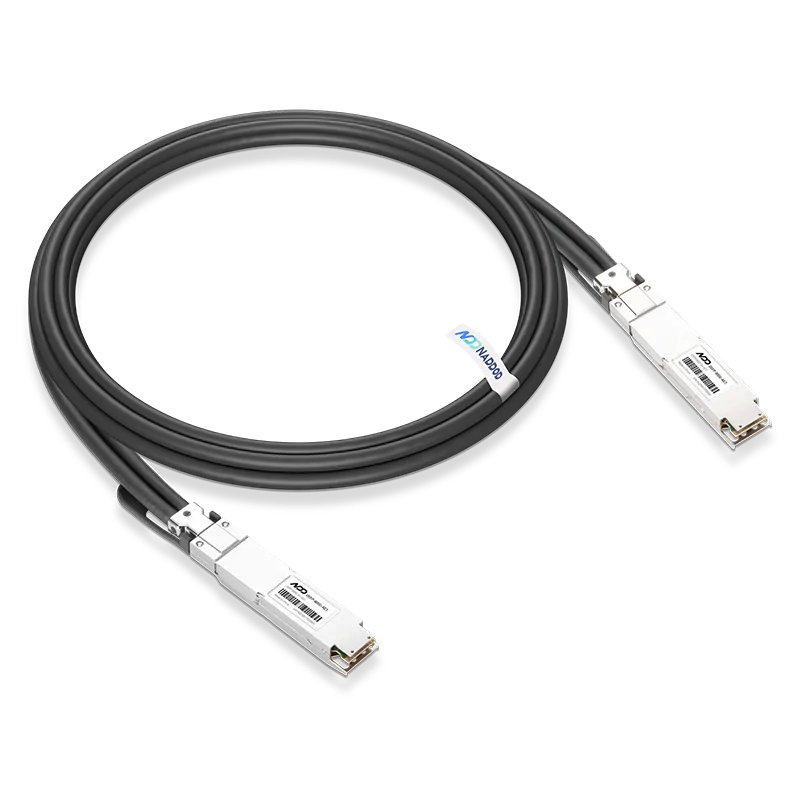Jensen Huang, the founder of NVIDIA, has mentioned many times that Metaverse is the next-generation Internet. In addition to transforming 2D web pages into a 3D immersive virtual world, it can also create a “virtual+real” digital world through means such as augmented reality and mixed reality.
The vision of the Metaverse presents great challenges to data centers, as they face massive amounts of 3D scene data and high-bandwidth, high-throughput I/O demands that far exceed those of 2D websites and video streaming. On the other hand, data centers also need to be able to capture and process large amounts of user interaction information in real-time and use AI to flexibly generate and allocate resources.
Metaverse Data Center Requirements On Network
To meet these needs, data centers must integrate computer vision, graphics, and physics simulations into a scalable architecture, with the data center as the computing unit, in order to couple the computing resources provided by CPUs, GPUs, and DPUs together and truly provide services centered around data and real-time response. Therefore, the multitude of GPUs and CPUs in the Metaverse data center will inevitably make the following demands on the network.
01 High Bandwidth and Low Latency
The Metaverse requires a large amount of data transmission and real-time interaction, therefore it needs a high-bandwidth and low-latency network infrastructure to ensure a smooth interactive experience.
02 High Scalability
With the development of the Metaverse, business needs and data volumes will continue to increase. Therefore, the network infrastructure needs to be highly scalable, able to easily increase bandwidth, storage, and computing resources to meet growing business demands.
03 High Reliability and Availability
The Metaverse’s business needs to run continuously 24/7, so the network infrastructure must have high reliability and availability. The infrastructure design should include redundancy, backup, and recovery measures, to ensure business continuity and prevent data loss.
04 Manageability and Monitoring
The Metaverse’s network infrastructure requires efficient management and monitoring tools so that administrators can monitor network status, faults, and performance indicators in real time and quickly identify and resolve issues. In addition, the network infrastructure needs to support automated configuration and management to reduce operational costs and minimize human error.
05 Security
The Metaverse involves a large amount of user data and financial transactions, so the network infrastructure must have high security measures including data isolation, access control, and network encryption to ensure the security of user data and transaction information.
Metaverse Access Requirements on 5G Edge Computing Network
On the other hand, from a user perspective, in addition to the demand for VR, AR, and other head-mounted displays and wearable devices, the Metaverse also has requirements for network access - from WiFi scenarios to mobile interconnection, with different application areas. Different from the home entertainment scenario, in the commercial scenario of the Metaverse, especially in the fields of digital twins and augmented reality, it has posed new challenges to 5G and edge computing:
01 Accurate Real-time Response
Similar to the requirements for data centers, users are very sensitive to latency when accessing the Metaverse. As the Metaverse reaches the user end, it distributes content to distributed cloud-native edge networks through the network. An accurate clock enables applications to run on a common timeline for different nodes and locations, which in turn achieves consistency, event sorting, causality, and task and resource scheduling.
5G mobile networks require these areas to have high precision to allow many different user devices (UE) to connect simultaneously and maintain connections when moving between RRU and BBU. Today’s 5G communication can already connect billions of devices at Gbps data rates and sub-millisecond latency. Its advantages in capacity, density, bandwidth, and low latency make it the best communication method for user access to the Metaverse.
02 Zero-Trust
For edge computing, a large number of Metaverse devices and user access will inevitably bring security issues. Zero-Trust, as a security strategy, assumes that all users, devices, and applications are untrusted, which can emphasize user identity authentication and device authentication. At the same time, it can ensure that edge devices can only access the resources they need, which can reduce network traffic, and improve network reliability and stability. In addition, Zero-Trust can also simplify network management and improve efficiency.
03 Imperceptible Business Migration
In the Metaverse, users will be involved in many scenarios such as virtual reality, augmented reality, and real-time interaction, all of which have high requirements for network latency and bandwidth. Whether users move and switch base stations or perform business migration due to edge computing overload, any changes that cause stutters or other effects that affect user experience must be imperceptible.
Similarly, the high availability and stability of business will also affect the user experience, which requires different network nodes, devices, and frequent switching to ensure that they are not perceived by users and to ensure the best experience.
Metaverse Needs Intelligent Network Infrastructure
It can be seen that intelligent network infrastructure is critical in both data center and user-side 5G edge computing. DPUs and new generation intelligent switches, as well as matching standard software development frameworks such as NVIDIA DPU, Spectrum-3 switch, and DOCA software ecosystem, are tailored for cloud-native data centers, AI factories, and the Metaverse network facilities.
The most critical among these is the NVIDIA DPU. As one of the new generation data center computing cores, NVIDIA DPU is a key chip for building data centers, along with CPUs and GPUs.
For the Metaverse data center, the NVIDIA BlueField-2 DPU can provide a high bandwidth of 200Gb/s, with a latency as low as within 100 nanoseconds, and has real-time migration technologies such as RDMA, SR-IOV, VirtIO-net, VirtIO-blk, etc., as well as IPsec/TLS, NVME SNAP 3.0, and RegEX hardware offload engines, while features like GPUDirect can provide great convenience for GPU computing, thus freeing up data center CPU resources. In addition, the NVIDIA BlueField-2 DPU also integrates an 8-core ARM processor, which greatly facilitates users to use the DOCA development environment for customization.
The latest NVIDIA BlueField-3 DPU has a 16-core ARM processor and a bandwidth of up to 400Gb/s, which can greatly improve data center network bandwidth. Its own SPECINT2K17 computing capability has nearly quadrupled compared to the previous generation, which is critical for handling massive data and high I/O access.
In NVIDIA’s existing Metaverse tool Omniverse, it is recommended to use ConnectX-6 Dx smart network cards or NVIDIA BlueField-2 DPU to build enterprise digital twin scenarios, combined with Spectrum-3 intelligent switches, which can provide end-to-end 200Gb/s communication bandwidth and extremely low latency for data centers. Compared to scenarios without DPUs and intelligent switches, efficiency can be improved by over 20%. With the release of NVIDIA BlueField-3 DPU and Spectrum-4 intelligent switches, data center bandwidth will reach 400Gb/s, and their rich hardware offload capabilities and co-processing power can greatly improve data center efficiency, increase GPU and CPU utilization, and become the key network infrastructure supporting the Metaverse.
For edge networks under 5G communication, the unique 5T for 5G technology of NVIDIA DPU can standardize clock accuracy between communication nodes, and efficiently and economically transmit massive data in real-time. NVIDIA BlueField-2 DPU can provide clock accuracy of less than 16nm, exceeding the strict ITU-T G.8273.1/G.8273.2 configuration file timing specifications, while the new generation NVIDIA BlueField-3 DPU doubles this accuracy.
In addition, both NVIDIA BlueField-2 and BlueField-3 DPUs support real-time migration of SR-IOV and VirtIO, which can complete related business real-time migration without consuming CPU resources, greatly avoiding stuttering caused by CPU occupation and slow business migration, ensuring the efficiency of edge computing, and ensuring the user experience when using the Metaverse.
As the soul of the DPU, NVIDIA DOCA software development environment takes zero trust as its own network security model, redefines security boundaries, and the DPU can filter the network through encryption, fine-grained access control, and differential segmentation on each host and all network traffic. BlueField provides isolation and deploys security agents in a trust domain separated from the host domain. If the host is compromised, this isolation will prevent malicious software from accessing security software, thereby helping prevent attacks from spreading to other servers.
Conclusion
In summary, in the actual application of the Metaverse, the backend data center faces massive data access pressure and high I/O challenges, and the computing pressure and east-west traffic pressure brought by AI and interactive complexity are far greater than today. The network infrastructure built with DPUs and intelligent switches can bring higher efficiency to data centers, while ensuring high-bandwidth and low-latency, and providing significant advantages in security, scalability, and stability. For the network on the edge side in the 5G scene, the responsibility of computing power and intelligent network infrastructure is to ensure that users accessing VR/AR can interact in real-time in the Metaverse under zero trust. NVIDIA DPU, intelligent switches, and DOCA software ecology can greatly reduce computing pressure, optimize network load, and actively participate in real-time business migration and 5G communication, providing users with an excellent experience.
Related Resources:
What Is InfiniBand and How Is It Different from Ethernet?
NADDOD High-Performance Computing (HPC) Solution
Supercomputing Industry HPC Cluster Introduction
NADDOD InfiniBand Cables & Transceivers Products
Why Is InfiniBand Used in HPC?
InfiniBand Network Technology for HPC and AI: In-Network Computing

 800GBASE-2xSR4 OSFP PAM4 850nm 50m MMF Module
800GBASE-2xSR4 OSFP PAM4 850nm 50m MMF Module- 1World Top 8 Best Optical Transceiver Manufacturers List You Should Know for 2023
- 2Introduction of InfiniBand 100G EDR Solution
- 3NADDOD NDR InfiniBand Network Solution for High-Performance Networks
- 4Introduction to Open-source SONiC: A Cost-Efficient and Flexible Choice for Data Center Switching
- 5OFC 2025 Recap: Key Innovations Driving Optical Networking Forward






























